Introduction
Rock Sugar Steamed Chicken, known in Chinese cuisine as Bing Tang Zheng Ji, is a dish that embodies the delicate balance of flavors and textures that define traditional Cantonese cooking. This recipe combines the natural sweetness of rock sugar with the savory umami of soy sauce, the aromatic warmth of ginger, and the tenderness of succulent chicken, all steamed to perfection. The result is a dish that is both comforting and elegant, suitable for family dinners, festive occasions, or even as a centerpiece at banquets.
Steaming is a cornerstone of Chinese culinary techniques, prized for its ability to preserve the natural flavors and nutrients of ingredients while imbuing them with subtle, layered tastes. Rock Sugar Steamed Chicken exemplifies this philosophy, relying on minimal oil and maximum flavor infusion through the steaming process. The dish’s appeal lies not only in its taste but also in its simplicity—a testament to the idea that the finest flavors emerge from the harmonious marriage of a few high-quality ingredients.
This article will guide you through the art of preparing Rock Sugar Steamed Chicken, from selecting the right ingredients to mastering the steaming technique. Whether you are a seasoned home cook or a novice in the kitchen, this recipe offers a rewarding culinary experience that celebrates tradition and taste.
The Ingredients: A Symphony of Flavors
To create Rock Sugar Steamed Chicken, you will need the following ingredients, each chosen for its unique contribution to the dish’s profile:
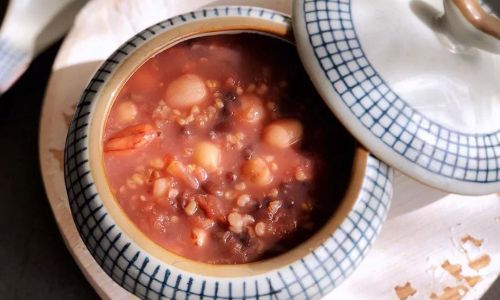
-
Chicken (1 whole chicken, approximately 3–3.5 pounds or 1.3–1.6 kg):
- Opt for a free-range or organic chicken if possible, as its meat will be more tender and flavorful.
- If a whole chicken is unavailable, bone-in, skin-on chicken thighs or drumsticks can be used, though the presentation and texture may vary slightly.
-
Rock Sugar (1/2 cup, approximately 100 grams):
- Rock sugar, or bing tang, is a type of unprocessed sugar crystal commonly used in Chinese cooking. Its mild sweetness and subtle caramel notes complement the savory elements of the dish.
- If rock sugar is unavailable, substitute with an equal amount of light brown sugar, though the flavor profile will differ slightly.
-
Soy Sauce (1/4 cup, preferably light soy sauce):
Light soy sauce adds saltiness and depth without overpowering the dish. Dark soy sauce can be used for a richer color but may alter the balance of flavors.
-
Shaoxing Wine (2 tablespoons):
This Chinese rice wine enhances the dish’s aroma and tenderizes the meat. If unavailable, dry sherry or mirin can serve as alternatives.
-
Fresh Ginger (3-inch piece, thinly sliced):
Ginger not only imparts a warm, peppery flavor but also helps neutralize any potential gamey notes in the chicken.
-
Green Onions (4–5 stalks, cut into 2-inch segments):
Used both for flavor and as a bed for the chicken during steaming, green onions release their aromatic oils when heated.
-
Sesame Oil (1 teaspoon, optional):
A drizzle of sesame oil at the end adds a nutty finish, though this can be omitted for a lighter taste.
-
White Pepper (1/4 teaspoon):
A pinch of white pepper adds a subtle heat without overwhelming the dish.
-
Water (1/4 cup):
Combined with the soy sauce and rock sugar, this creates a flavorful marinade that infuses the chicken during steaming.
Preparation: Marinating the Chicken
The key to achieving tender, flavorful Rock Sugar Steamed Chicken lies in the marination process. This step allows the meat to absorb the seasonings, resulting in a dish where every bite is imbued with harmony.
-
Clean and Prepare the Chicken:
- Rinse the chicken under cold water, ensuring all internal cavities are free of blood or debris. Pat it dry with paper towels to remove excess moisture.
- If using a whole chicken, trim any excess fat from the cavity and around the neck. This prevents the dish from becoming greasy.
-
Create the Marinade:
- In a small bowl, combine the soy sauce, Shaoxing wine, white pepper, and water. Stir until the sugar (if using brown sugar) dissolves.
- If using rock sugar, crush it into smaller pieces using a mortar and pestle or the back of a spoon. This helps it melt faster during steaming.
-
Marinate the Chicken:
- Place the chicken in a large bowl or baking dish. Rub the marinade all over the chicken, including the cavity.
- Tuck the sliced ginger and half of the green onions into the cavity. This infuses the meat from the inside out.
- Cover the bowl with plastic wrap and refrigerate for at least 2 hours, or preferably overnight. Marinating for an extended period allows the flavors to penetrate deeply.
Steaming Technique: The Heart of the Dish
Steaming is a precise art that requires attention to detail. The goal is to cook the chicken gently, ensuring it remains moist and tender while allowing the flavors to meld.
-
Prepare the Steaming Setup:
- Use a large wok or a deep pot with a tight-fitting lid. Place a steamer rack or a heatproof plate at the bottom to elevate the chicken above the boiling water.
- Fill the pot with enough water to reach just below the steamer rack, ensuring the water does not touch the plate holding the chicken.
-
Arrange the Chicken:
- Remove the chicken from the marinade, reserving the liquid. Place the remaining green onions on a heatproof plate, creating a bed for the chicken.
- Lay the chicken breast-side up on top of the green onions. This positioning ensures even cooking.
- Pour the reserved marinade over the chicken, followed by the crushed rock sugar. The sugar will melt during steaming, creating a glossy, flavorful sauce.
-
Steam the Chicken:

- Bring the water in the pot to a rolling boil over high heat. Once boiling, reduce the heat to medium-low to maintain a steady simmer.
- Place the plate with the chicken on the steamer rack, cover the pot with the lid, and steam for 25–30 minutes per pound of chicken.
- Avoid lifting the lid during steaming, as this releases heat and disrupts the cooking process.
-
Check for Doneness:
- To ensure the chicken is fully cooked, insert a meat thermometer into the thickest part of the thigh (avoiding the bone). The internal temperature should reach 165°F (74°C).
- Alternatively, pierce the thigh with a skewer; if the juices run clear, the chicken is ready.
Finishing Touches: Glazing and Serving
The final steps elevate Rock Sugar Steamed Chicken from a simple dish to a culinary masterpiece. The glaze, created from the melted rock sugar and steaming liquids, adds a lustrous sheen and concentrated flavor.
-
Create the Glaze:
- After steaming, carefully remove the plate from the pot. The liquid at the bottom of the plate will be rich and slightly thickened from the rock sugar.
- Pour this liquid into a small saucepan and simmer over low heat for 3–5 minutes, or until it reduces to a syrupy consistency.
-
Glaze the Chicken:
Using a pastry brush or spoon, coat the chicken with the reduced glaze. This step adds a beautiful sheen and intensifies the sweet-savory flavor.
-
Garnish and Serve:
- Sprinkle the chicken with a drizzle of sesame oil (if using) and fresh cilantro or chopped green onions for a pop of color.
- Serve the chicken whole, allowing diners to carve it at the table, or slice it into portions before serving.
Pairing Suggestions and Cultural Context
Rock Sugar Steamed Chicken is a versatile dish that pairs well with a variety of accompaniments. In Chinese cuisine, it is often served with steamed rice, stir-fried vegetables, or a light soup to create a balanced meal. The dish’s subtle sweetness also complements pickled vegetables or a tangy dipping sauce made from soy sauce, vinegar, and chili oil.
Culturally, steamed dishes like this one hold a special place in Chinese gastronomy. Steaming is believed to preserve the qi (life force) of the ingredients, making the dish not only delicious but also nourishing. Rock Sugar Steamed Chicken, in particular, is often associated with family gatherings and celebrations, symbolizing prosperity and harmony.
Health Benefits and Dietary Adaptations
Beyond its culinary appeal, Rock Sugar Steamed Chicken offers several health benefits. Steaming is a low-fat cooking method that retains the meat’s natural nutrients, including protein, vitamins, and minerals. Rock sugar, while sweet, is less refined than white sugar and contains trace amounts of minerals like calcium and iron.
For those with dietary restrictions, this recipe can be easily adapted:
- Gluten-Free: Use tamari or a gluten-free soy sauce.
- Low-Sodium: Reduce the soy sauce by half and compensate with a pinch of salt.
- Dairy-Free/Vegan: Substitute the chicken with tofu or seitan, though the cooking time and texture will differ.
Troubleshooting and Tips for Success
Even seasoned cooks may encounter challenges when preparing Rock Sugar Steamed Chicken. Here are some common issues and solutions:
-
Dry or Overcooked Chicken:
- Ensure the water level in the steamer is maintained throughout cooking. Refill the pot with hot water if it begins to run low.
- Avoid steaming at too high a temperature, as this can cause the chicken to cook unevenly.
-
Insufficient Flavor:
- Marinate the chicken for the full recommended time to allow the flavors to penetrate.
- Adjust the seasoning by adding an extra tablespoon of soy sauce or a pinch of salt to the glaze.
-
Rock Sugar Not Melting:
- Crush the rock sugar into smaller pieces before adding it to the dish.
- If the sugar remains stubborn, place the plate back in the steamer for an additional 5–10 minutes with the lid slightly ajar to allow steam to escape gently.
Variations and Creative Twists
While the traditional recipe is a timeless classic, experimentation can lead to delightful variations. Consider these adaptations:
-
Herb-Infused Steamed Chicken:
Add a handful of fresh herbs, such as cilantro, basil, or Thai basil, to the steaming liquid for an aromatic twist.
-
Mushroom and Chicken Steamed in Lotus Leaf:
Wrap the marinated chicken and sliced mushrooms in a lotus leaf before steaming. The leaf imparts a subtle, grassy fragrance.
-
Five-Spice Steamed Chicken:
Incorporate a teaspoon of Chinese five-spice powder into the marinade for a warm, anise-forward flavor.
Conclusion
Rock Sugar Steamed Chicken is more than a dish—it is a celebration of culinary tradition, a testament to the beauty of simplicity, and a reminder that true flavor emerges from patience and precision. Whether you are cooking for a special occasion or seeking a weeknight meal that delights the senses, this recipe offers a gateway to the art of Chinese steaming. By mastering the balance of sweet and savory, the tenderness of the meat, and the elegance of the presentation, you create not just a meal, but an experience. So, gather your ingredients, embrace the steam, and savor the joy of a dish that has warmed hearts and tables for generations.

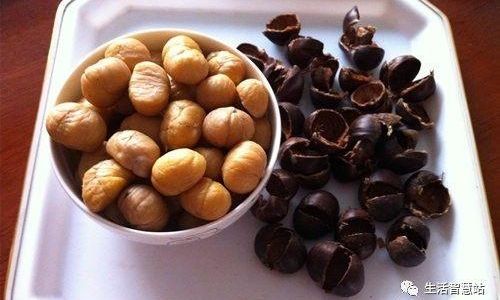
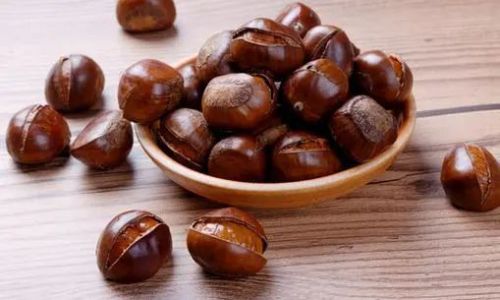
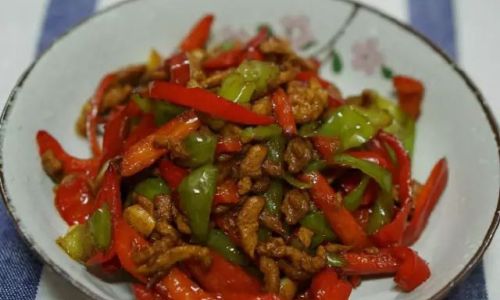
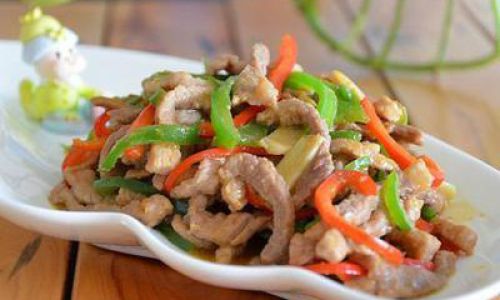
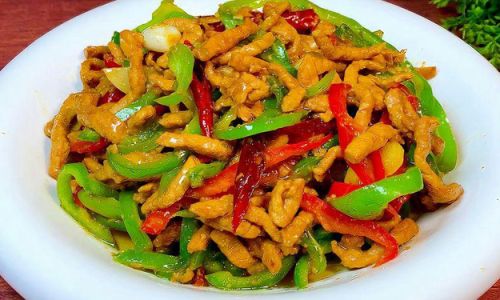
0 comments